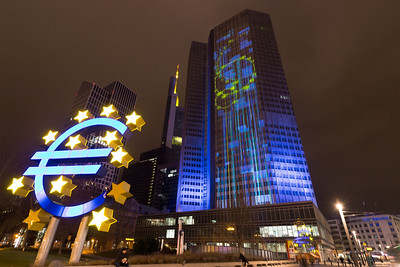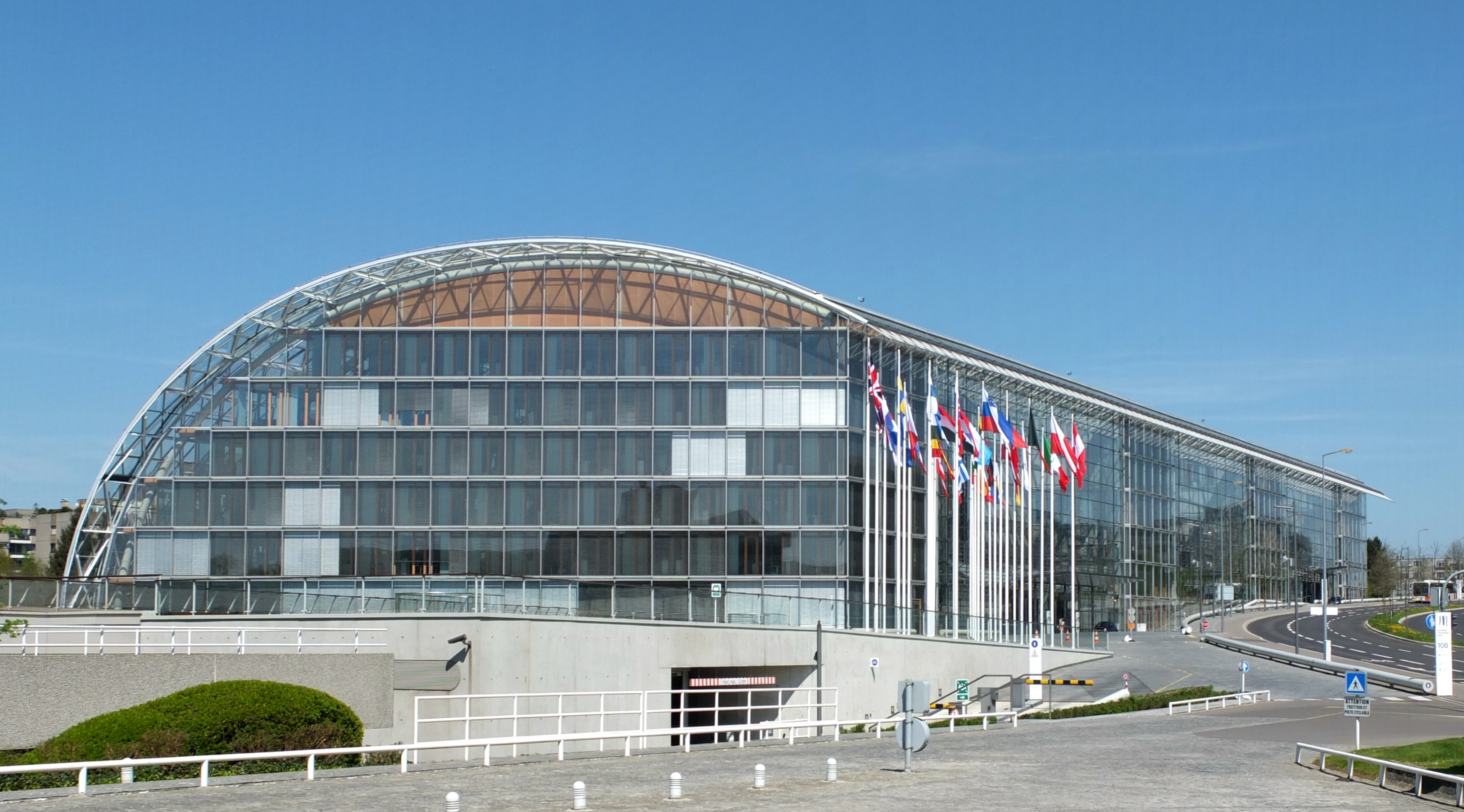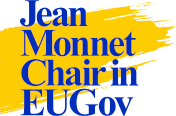European Central Bank & European Investment Bank

1) ECB
Quick definition
The European Central Bank (ECB) is the central institution of the Economic and Monetary Union, and has been responsible for monetary policy in the euro area since 1 January 1999. The ECB and all EU national central banks constitute the European System of Central Banks (ESCB). The primary objective of the ESCB is to maintain price stability. Since 2014, the ECB has been responsible for tasks relating to the prudential supervision of credit institutions under the Single Supervisory Mechanism.
What does the ECB do and how ?
- sets the interest rates at which it lends to commercial banks in the eurozone (also known as the euro area), thus controlling money supply and inflation
- manages the eurozone's foreign currency reserves and the buying or selling of currencies to balance exchange rates
- ensures that financial markets & institutions are well supervised by national authorities, and that payment systems work well
- ensures the safety and soundness of the European banking system
- authorizes production of euro banknotes by eurozone countries
- monitors price trends and assesses risks to price stability.
Composition
The ECB President represents the Bank at high-level EU and international meetings. The ECB has the 3 following decision-making bodies:
- Governing Council – the main decision-making body. Consists of the Executive Board (see below) plus the governors of the national central banks from eurozone countries.
- Executive Board – handles the day-to-day running of the ECB. Consists of the ECB President and Vice-President and 4 other members appointed for 8-year terms by the leaders of the eurozone countries.
- General Council – has more of an advisory & coordination role. Consists of the ECB President and Vice-President and the governors of the central banks from all EU countries.
How does the ECB work?
The ECB works with the national central banks of all EU countries. Together they form the European System of Central Banks. It leads cooperation between central banks in the eurozone. This is referred to as the Eurosystem. The work of the governing bodies:
- Governing Council – assesses economic and monetary developments, defines eurozone monetary policy and fixes the interest rates at which commercial banks can borrow from the ECB.
- Executive Board – implements monetary policy, manages day-to-day operations, prepares Governing Council meetings and exercises powers delegated to it by the Governing Council.
- General Council – contributes to advisory and coordination work and helps to prepare for new countries joining the euro.

2) EIB
Quick Definition
The European Investment Bank (EIB) furthers the objectives of the European Union by providing long-term project funding, guarantees and advice. It supports projects both within and outside the EU. Its shareholders are the Member States of the EU. The EIB is the majority shareholder in the European Investment Fund (EIF), and the two organisations together make up the EIB Group. Within the Commission’s Investment Plan for Europe, the EIB Group is part of a broader strategy aimed at overcoming the large investment gap by relieving investors of some of the risk inherent in projects.
What does the EIB do?
The Bank borrows money on capital markets and lends it on favourable terms to projects that support EU objectives. About 90 % of loans are made within the EU. None of the money comes from the EU budget.
The EIB provides 3 main types of products and services:
- lending – about 90 % of its total financial commitment. The Bank lends to clients of all sizes to support growth and jobs, and this support often helps to attract other investors
- 'blending' - allowing clients to combine EIB financing with additional investment
- advising and technical assistance for maximising value for money
The EIB makes loans above EUR 25 million directly. Where smaller loans are involved, it opens credit lines for financial institutions that then lend funds to creditors.
Composition
All EU countries are shareholders in the EIB. Decisions are taken by the following bodies:
- the Board of Governors, comprising ministers (mostly finance ministers) from all EU countries. It defines general lending policy.
- the Board of Directors, chaired by the EIB President, which comprises 28 members appointed by the EU countries and one appointed by the European Commission. It approves lending and borrowing operations.
- the Management Committee, the Bank's executive body, which handles day-to-day business.
- the Audit Committee checks that EIB operations are conducted in a proper manner.
The Bank's departments implement management decisions.
How does the EIB work?
It makes borrowing and lending decisions, based on the merits of each project and the opportunities offered by financial markets. Within the EU, it has specific lending priorities. Outside the EU, it supports the EU development and cooperation policies worldwide.
As an independent body, the Bank takes its own borrowing and lending decisions. It cooperates with other EU institutions, especially the European Commission, the European Parliament, and the Council of the EU.
Source: EP Website, 2023
Website(s):
Documents:
- ECB Economic Bulletin
- ECB Explainer Sheets
- EP Factsheets - ECB
- European Central Bank - The Road to
- EP Factsheets - EIB
- EIB Investment Report 2022/2023
Videos:
- What is the role of the European Central Bank?
- ECB and the Eurosystem explained
- The History of the European Central Bank
- How euro banknotes are produced
- Price Stability: Why is it important for you?
- How it works: The European Central Bank
- The EIB: Who benefits?
- The EIB making a difference
- EIB for SMEs
- European Investment Advisory Hub
